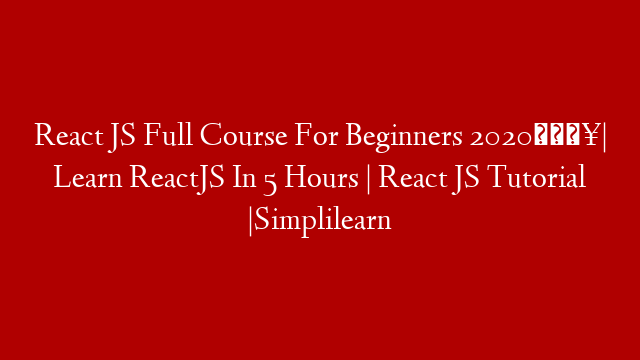According to the Ebbinghaus Forgetting Curve our memory is like a sieve, as we forget almost half of what we have learned within first 20 minutes!
Of course, you can improve your learning results by repetition, which is a rather commonly used method in language teaching. However, you cannot remember random abstract information and repetition is a stressful process. The more you try to memorize new words by repetition the more stress you have, and the more stressful you are the less information you are able to absorb.
The most efficient process of memorizing is the whole brain learning and establishing linkages and associations.
Our memory for words can be modeled as a Google network in which each point represents a different word, with each linked to words and associations that relate to it. To memorize new words we must create more associations and pictures that help us remember. This is known as memory by association and this method is well presented by Tony Buzan in his Mind-mapping. We can create connections by using linkages, mental pictures, images, colors, sounds, emotions, and associations. We can use mind-mapping or create a story with new words and phrases. We can link new words to different phrases, pictures, stories and associations. By creating more associations it is easier for your brain, for your subconscious mind, to absorb the new information and it is easier for you to memorize these words and phrases.
The whole-brain learning
The whole-brain learning is an instructional approach derived from neurolinguistic descriptions of the functions of the brain’s left and right hemispheres in which the learner makes connections that tap both brain hemispheres and thus, make the learning process much more productive.
The left hemisphere is concerned with logical and analytical skills. The right hemisphere is the center of visual and artistic abilities. Many language instructors believe that left brain learning strategies are effective and thus, the put the emphasis only on the strategies that involve only the left brain hemisphere. Examples are pronunciation exercises, dialog and grammar drills. The evidence shows that second language learners who have threaded their way through traditional language courses succeeded only because they were naturally able to switch from the left to the right brain. However, most students in traditional language classes struggle with language learning and find it difficult. This is one of the reasons as well why adult learners often give up and fail in second language classes.
In the whole-brain learning, learners are encouraged to visualize, imagining is seen as the basis for comprehension. For this reason, teachers use story telling, pictures and animation. For instance, the new vocabulary words may be presented by building a story or skit. Learners might even act out the words’ meanings or construct stories of their own. In addition, physical activity is involved in whole-brain learning, which means that learners are encouraged to use the language in a meaningful social context, e.g. in role plays, in problem solving etc. By switching between your left and right brain hemisphere learners create more associations and links and thus, improve their long-term memory and acquire language naturally.
Reducing anxiety and stress
Another aspect of whole-brain teaching is managing the emotional climate, reducing anxiety and stress. Instruction enhances the learning experience with soothing music and colors. Research results have confirmed that in a relaxed state of mind you will memorize new words more easily. Teachers might play music while reading the words and definitions, leaving time for listeners to draw images of the words. Then the teacher uses guided meditation to build a relaxed state containing memories of success before the listeners hear the words and definitions again.
When using soothing sounds with brain wave entrainment technology that stimulates your alpha brain waves you will be more relaxed and it will help you to enhance your creative visualization. This puts your brain into a creative mode of thinking, as lower brain waves increase your ability to think in a creative manner. It is also known that at alpha, we are able to bridge the gap of our conscious with our subconscious level which means that your conscious and subconscious mind, both, are learning.
Thus, to learn faster and with better results you need to reduce stress and involve your whole brain into the learning process by creating linkages and associations.



